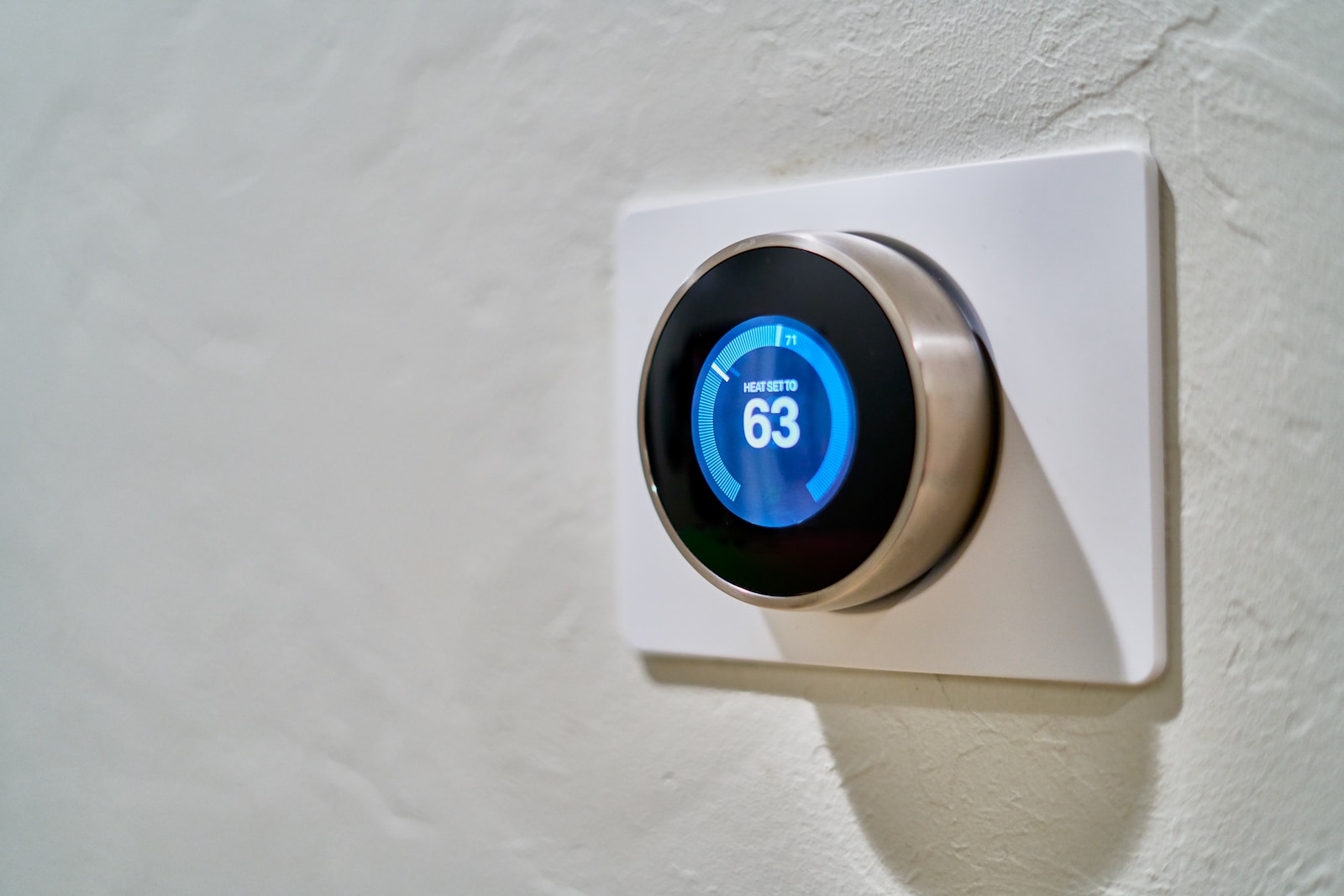The Dumb Side of My Smart Thermostat
Smart thermostats promise to be the epitome of convenience and energy efficiency. Marketed as devices that learn from your behavior, adjust temperature automatically, and save you money on energy bills; they are expected to be the future of home automation. While many people have found these claims to be true, my experience tells a different story—a story that ended up costing me hundreds of dollars.
The honeymoon phase lasted a while, but then, this summer, without me changing any settings, my thermostat started acting up. It would go up and down on its own terms despite me raising it up or lowering it down to 72 constantly. I swear, it even tried to kill me one night when I awoke in a pile of my own sweat, and found the unit to be at 86 when It was already 90 outside.
Next, the mobile controls became more of a hindrance than a help. The app was clunky, and more than once, it failed to connect to the thermostat, rendering the “control from anywhere” feature useless.
The Financial Blow
Then came the financial repercussions. Eventually, it became evident that the unit had malfunctioned altogether. It kept heating and cooling my home incessantly, even when I set it to a normal temperature. The ordeal culminated in a colossal electric bill of $687 (I’m assuming from the fan running 24/7), an increase of 1700 Kw over the previous billing period. Not knowing what was causing the increase initially, I had the extra expense of having to troubleshoot what was causing the hike in my electric consumption, adding insult to injury.
Lessons Learned
The experience taught me some crucial lessons:
Do Your Research: Not all smart thermostats are created equal. Read user reviews, understand compatibility requirements, and make sure the device fits your specific needs.
Understand the Costs: Account for not just the upfront cost of the device but also the additional equipment and potential maintenance fees.
Keep it Simple: Sometimes, traditional thermostats can be just as efficient if used correctly. Complexity doesn’t always equate to efficiency or cost-effectiveness.
Smart home devices like thermostats offer a lot of promise, but they are not without their pitfalls. While they can make life more convenient, they can also complicate things unnecessarily and prove to be a financial burden. So before you take the plunge into the world of smart home automation, make sure you’re diving into waters that you can comfortably swim in—or prepare for a potential financial sinkhole.
Now excuse me while I go install an good old fashion dial crank-up thermostat…





